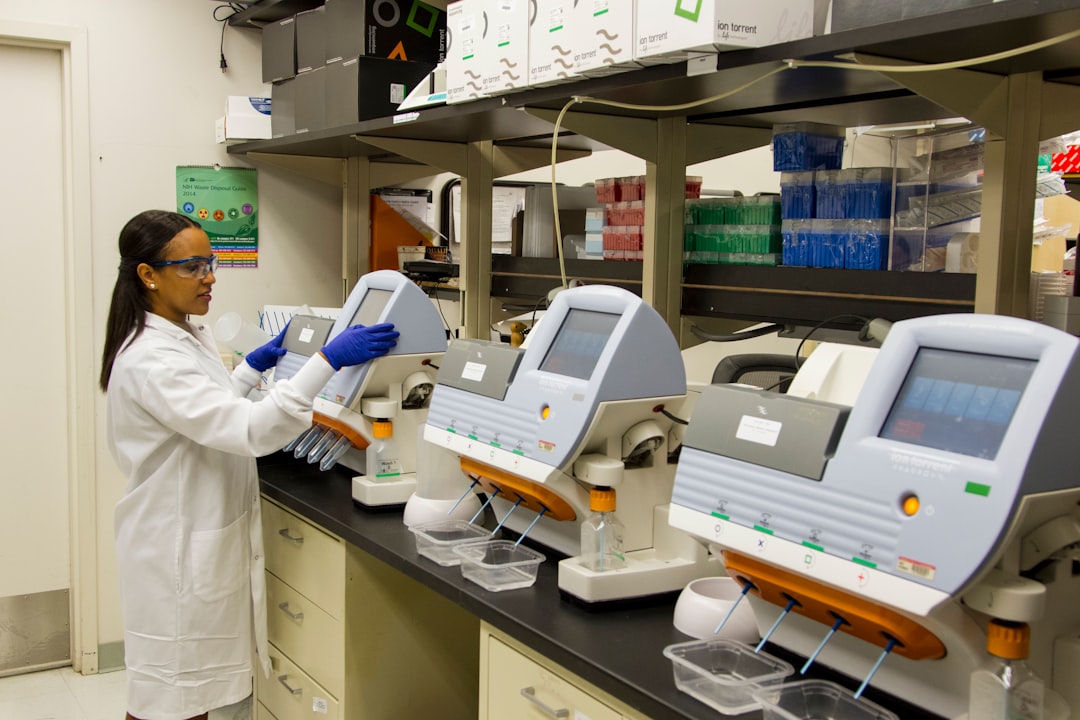What is it about?
Psychiatrists and therapists build relationships with patients through talking and listening. Physically restraining patients violates this relationship and substitutes ‘ might makes right’ . This undermines trust in the relationship
Featured Image
Why is it important?
Therapeutic relationships depend on trust and the patient’s ability to disagree with their psychiatrists opinions. When the patients are physically restrained by their psychiatrists and therapists, it violates this contract and takes away the basis for the therapeutic relationship
Perspectives
Many psychiatrists and therapists are taught to restrain patients as part of the unit staff. However, psychiatrists and therapists have a different relationship with the patients, that depends on not using physical force. Especially with children and adolescents physically restraining patients makes therapeutic verbal communication lack authenticity
Kim Masters
Wake Forest University
Read the Original
This page is a summary of: Should Psychiatrists Assist in the Restraint of Children and Adolescents in Psychiatric Facilities?, Psychiatric Services, February 2013, American Psychiatric Association,
DOI: 10.1176/appi.ps.001652012.
You can read the full text:
Contributors
The following have contributed to this page










